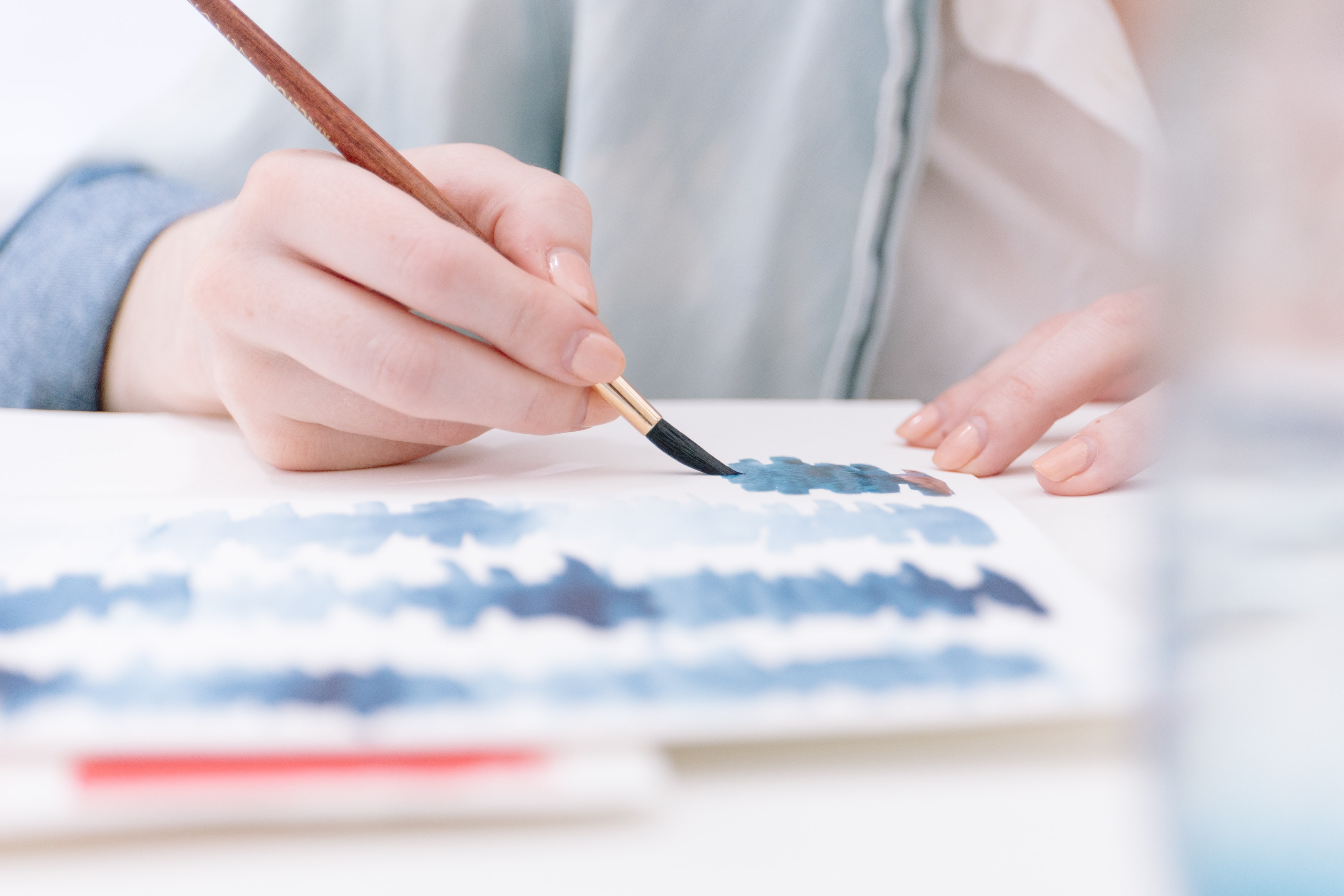Cultivating Wellbeing Through Doing
My client’s story began after the completion of her graduate degree. After years of setting impossibly high standards for herself and striving for perfection, she felt lost, uncertain she had chosen the right career, and could not seem to escape from the depression and anxiety that silently lurked behind her everywhere she went — a feeling that is unfortunately all the more common than is recognized or talked about.
In the past, she had simply ignored the red flags that maybe she wasn’t okay. She never sought help, she never found effective coping strategies — she never took action to take care of herself. She was too focused on keeping up with her peers’ success to attend to what was actually important to her. She just bottled everything up until she would eventually crack. And each time she cracked, she continued on with her destructive habits and the cycle would continue. She did this for over 25 years. But at the end of graduate school, things were different. She finally acknowledged that this lifestyle was no longer sustainable for her performance or her wellbeing. She could no longer maintain the constant fight-or-flight state she was in and she knew things had to change — especially for the sake of her mental health.
She sought out occupational therapy which provided her with the structure to improve her wellbeing at all levels. Even though it felt like the much harder option at the time, rather than sit around and sulk in her own sadness, continue to feel hopeless, and allow her thoughts and her life to spiral out of control, she started doing.
With the guidance of an occupational therapist (me), she took a good look at her life and identified what was working and what was not, and she redesigned it all. She was taught how to analyze her own personal factors, environmental supports and barriers, and the occupations (a fancy word for ‘activities’) that were meaningful to her. She was able to apply new strategies that helped her create new health-promoting habits and routines and engaged herself in those occupations that would nourish her mind, body, and soul, while eliminating ones that no longer served her.
At the beginning, the doing was quite simple. Sometimes it was as small as actually leaving her home to go on a walk, cooking a real meal, or calling her family. As she started to feel more confident and up for new challenges, she learned how to build a website where she could provide others with resources and knowledge that she had wished she had had years ago, she started painting with watercolors which taught her there is beauty in imperfection, she took a break from coffee until her nerves settled down, she built in daily exercise to keep the happy hormones flowing, and most importantly, she learned to practice self-compassion through intentional attention. It wasn’t one ‘quick fix,’ but rather a series of small, consistent baby steps, focusing on just one area of her wellbeing at a time. No medicine was involved, just simple yet sustainable modifications to her lifestyle. And it was effective.
This “client” that I worked so diligently with? It was me.
After I completed my master’s degree in occupational therapy, I decided to ‘OT myself’ and after seeing how it changed my entire lifestyle and wellbeing, it was then that I truly started to recognize the distinct value of OT and believe in the power of occupation.
Fast forward years later, and I still do all the simple changes I made. Not only do I feel better physically, but the mental growth and my ability to cope with adversity are by far the greatest benefits I have reaped from ‘OTing myself.’ While I am grateful that I learned the tools eventually, I only wish I could have had access to them sooner. Would my transition to college, graduate school, or life as a working professional have been so difficult? No.


